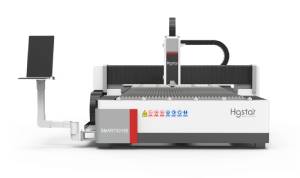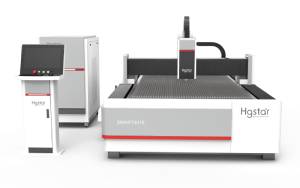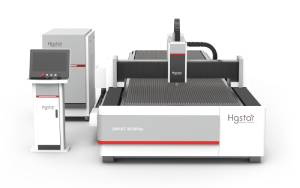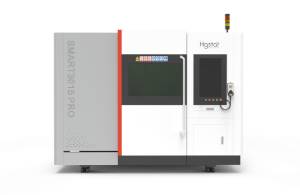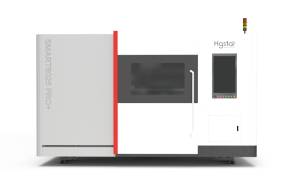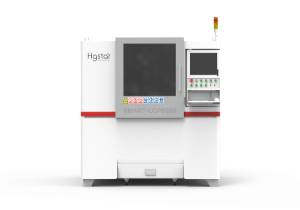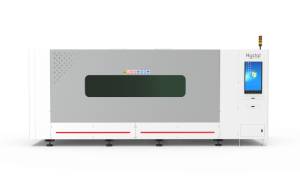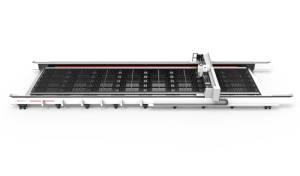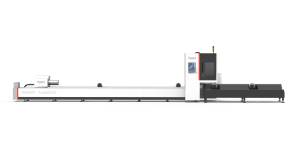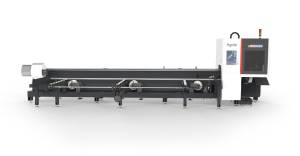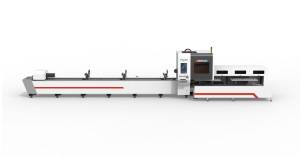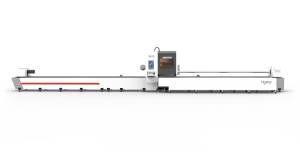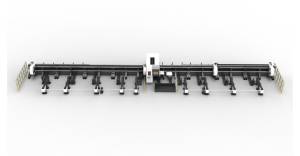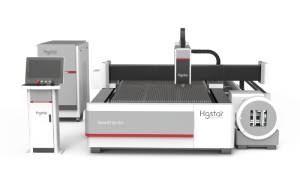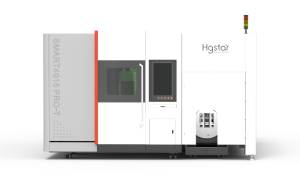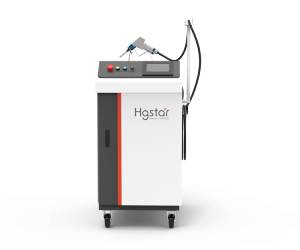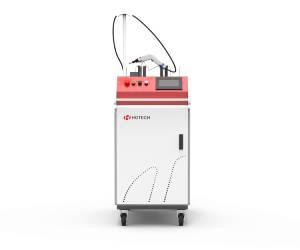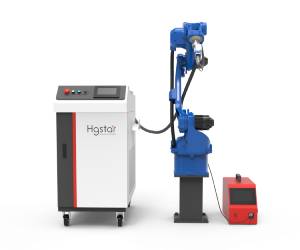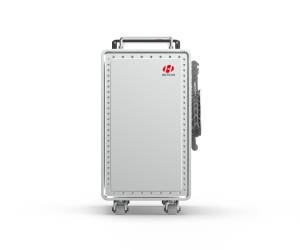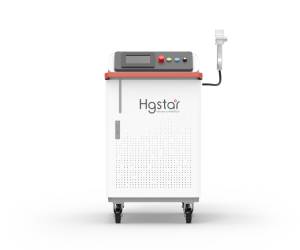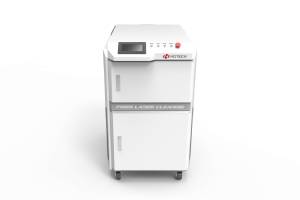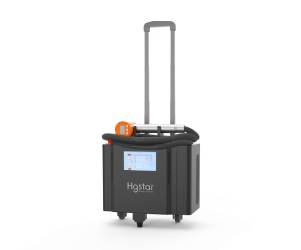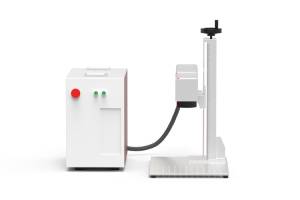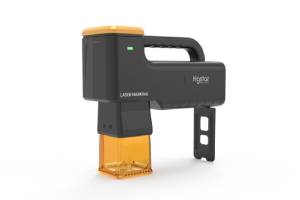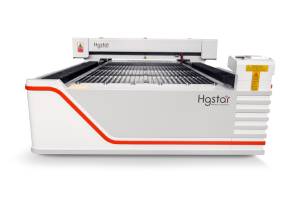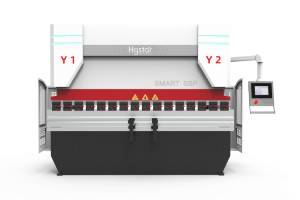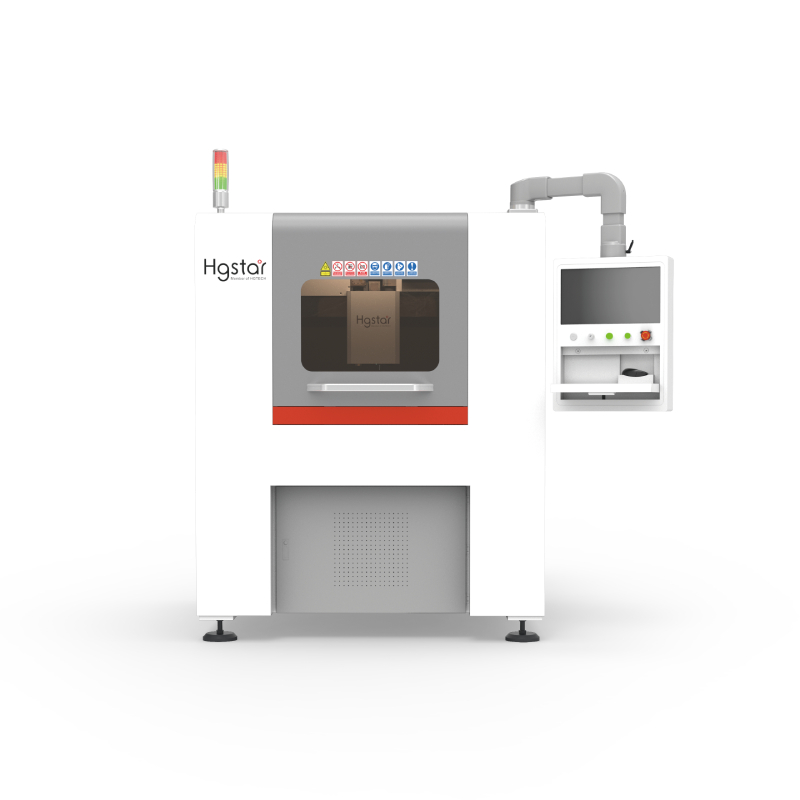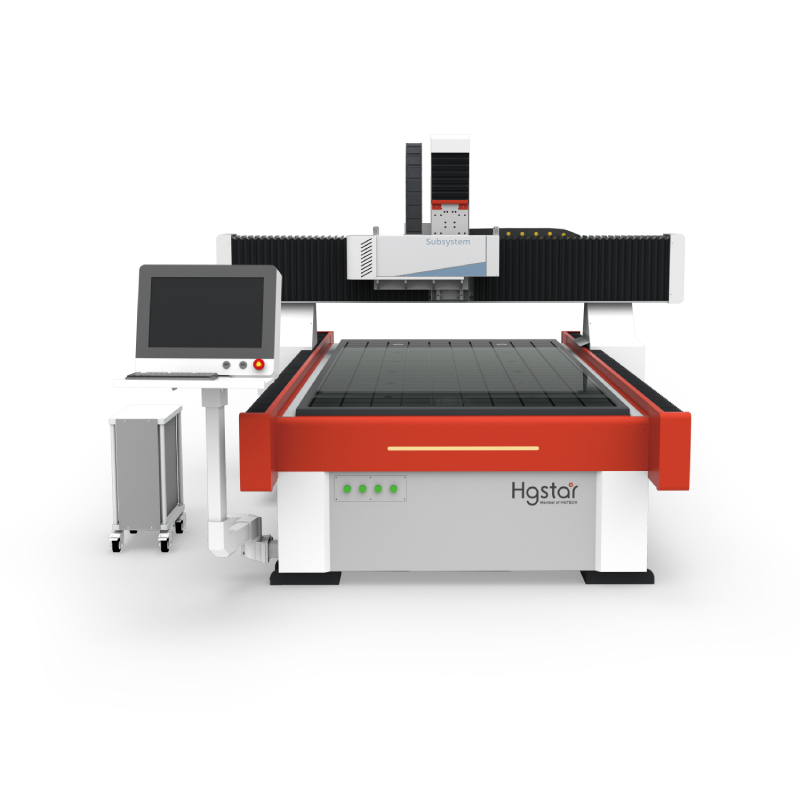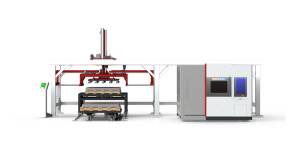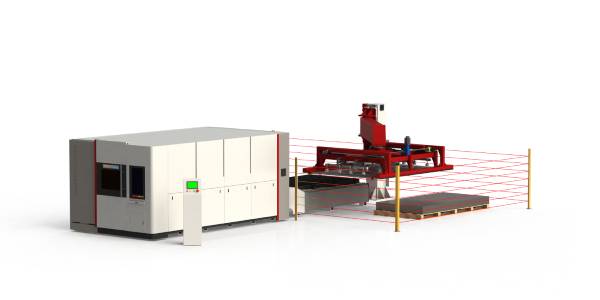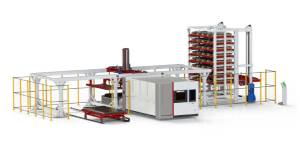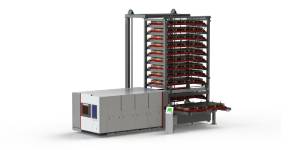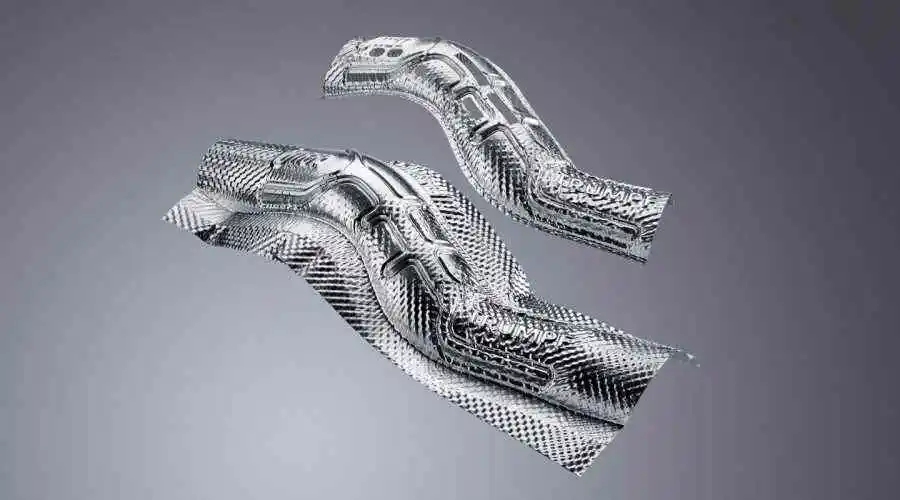Laser relief is a sculpture based on the surface of a material, using a laser beam as a “cutting tool” to cut or burn the material, forming a concave and convex three-dimensional image and text process. This article will be based on equipment application requirements such as reducing machine costs, high efficiency, and high precision, to provide examples of the differences between 2D and 3D laser galvanometer relief machining.
The core components of laser processing relief equipment include lasers, galvanometers, etc. Whether it is 2D or 3D laser galvanometer processing of relief, the working principle is to slice the required 3D model through software, and then control the laser to remove a complete material layer by layer, achieving three-dimensional laser carving. However, their processing processes are completely different.
2D laser galvanometer processing relief requires a lifting table. During the processing, the lifting table system controls the focal length of the 2D laser galvanometer in each layer of laser material removal. This assembly not only greatly reduces costs, but also makes 2D laser galvanometer calibration relatively simple, fast to get started, and suitable for beginners.
The working process of 3D laser galvanometer machining relief is to control the joint collaboration between the Z-axis and XY axis of the 3D laser galvanometer through software. As the number of processing layers varies, the Z-axis dynamic axis moves forward and backward to compensate for focusing, ensuring the consistency of the light spot throughout the entire working process. Relatively speaking, when processing reliefs with 3D laser galvanometers, the Z-axis and XY axis are fully coordinated, which can achieve almost microsecond level forward and backward movement focus compensation without being limited by external lifting platforms, resulting in relatively higher efficiency and accuracy. 3D laser resonators are more inclined towards industrial products.

